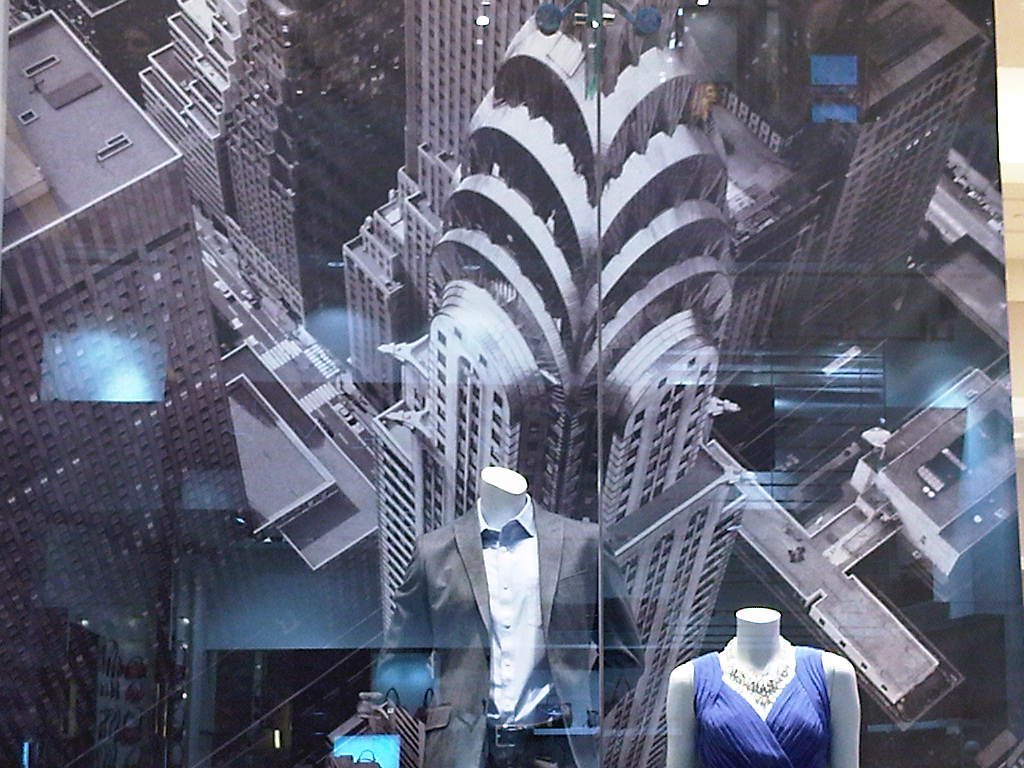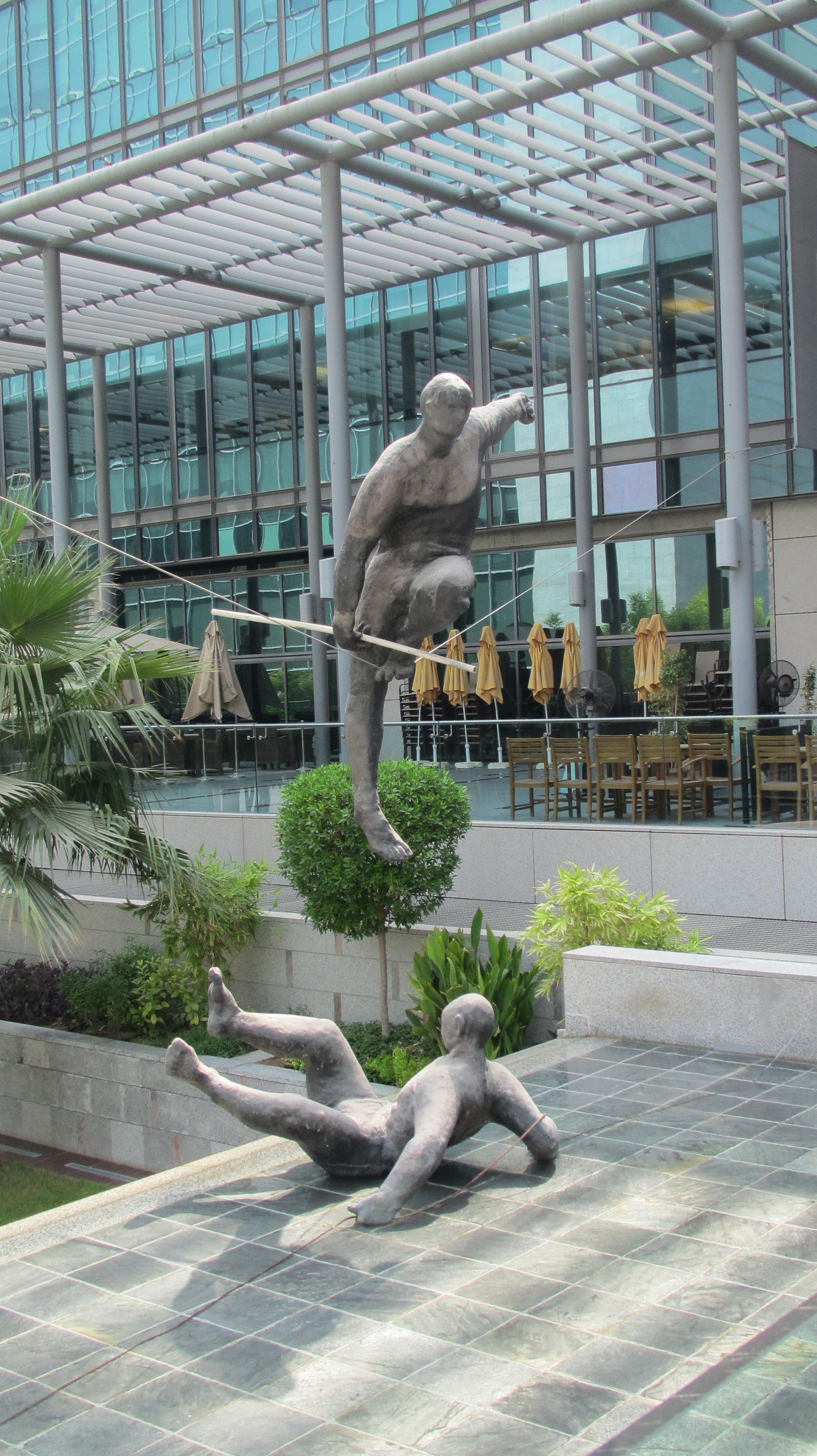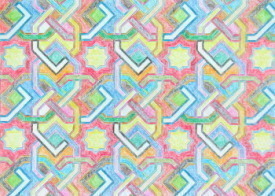Trend Skyscrapers
 Sunday, September 25, 2011 at 2:34PM
Sunday, September 25, 2011 at 2:34PM A shoe is so much more than the sum of its parts.

Originally looking more like a foot bag used for protection and warmth, the design of the shoe has evolved over time. Functionality soon made room for adornment and this in turn was dependent upon materials available and the culture in which the shoe found itself.
Color became important as accessories on other parts of the body called for matching shoes. Status in society enabled some to wear shoes that made a statement.
Today, your choice when buying a pair of shoes is obviously influenced by the shape and size of your feet which are part of your external attributes. Personal taste, part of your interior being, plays a role.
But let us not forget that each individual is also part of a collective “we” with its own interior and exterior. There are habits that are preferred in a particular group, as well as external systems supporting that culture. What this means is that the shoes popular in the culture you find yourself in, and what is on offer because of the manufacturing possibilities of this era, also influence your choice.
Popular trend, otherwise called fashion, is an interesting phenomenon.
That there are trend setters of a particular fashion, I comprehend. That advertising agents assist in spreading the popularity of an item, makes sense. That we now have communication technologies offering exponential possibilities for an item to either gain or lose popularity amongst buyers in a very short period of time, is exciting. That this adds a whole new dimension which needs consideration when fashion is designed, is challenging.
At the same time, users of products are beginning to take an interest in how a particular product influences the environment. Social issues, such as the unfair treatment of the laborers involved in the manufacture of a product can no longer be ignored. That both these factors must be addressed in fashion design, is becoming crucial.
That there are designers who give direction as to what the fashion of a particular season will be, I understand. What intrigues me, however, is what these designers are inspired by. What for instance has led to skyscrapers dominating the autumn fashions now to be seen in window displays in the northern hemisphere?
Skyscrapers?
A look at the history of skyscrapers sheds light on the question at hand.
In 1922 the discovery of the tomb of King Tutankhamen and the treasures which had been undisturbed for more than 3000 years captured the imagination of the world. The decorative art movement which began in the 1920s and which was later called Art Deco, was greatly influenced by the discovery. The fascination for ancient Egypt was expressed in the design of jewelry, furniture, clothing and architecture.

Stories were told by ancient Egyptian art and so it became popular to put symbolic images on buildings. The Chrysler Building in New York, which for a short time was the word’s tallest building after its completion in 1930, is adorned with hubcaps and images of cars.
Art Deco skyscrapers also suggested Egyptian pyramids in their design. The Empire State Building in New York is one example of stepped design.
When we consider that the 10th anniversary of the collapse of the Twin Towers is still fresh in the memory of the collective, and that the world is still buzzing with the news of the Arab Spring which gained great momentum in Egypt, it is perhaps more understandable now why skyscrapers are influencing fashion.
Giorgio Armani, a leading designer giving direction in fashion, has a hotel in the Burj Khalifa, the world’s tallest building at the moment. Could this be influencing fashion design choices?
When the world experiences a crisis it is not uncommon for creative people to find opportunity. Skyscraper fashion encourages individuals to stand tall despite the current economic crisis. Super-high heels were also in vogue during the Depression that followed the 1929 Wall Street Crash. Could designers be cashing in on our insecurities? Can we blame them for this?
Would it not be better to be mindful of all these influences?
These are my perspectives, influenced perhaps by the fact that I live close to the foot of the Burj Khalifa.
The shoe depicted at the start of this blog has skyscraper heels and sequin adornment.
Hopefully, you will now view it with slightly different eyes.
 Burj Khalifa,
Burj Khalifa,  art,
art,  art deco,
art deco,  culture,
culture,  perspectives,
perspectives,  place,
place,  shoes,
shoes,  skyscrapers,
skyscrapers,  we in
we in  culture,
culture,  mindfulness,
mindfulness,  perspective,
perspective,  place,
place,  technology
technology  Email Article
Email Article 
